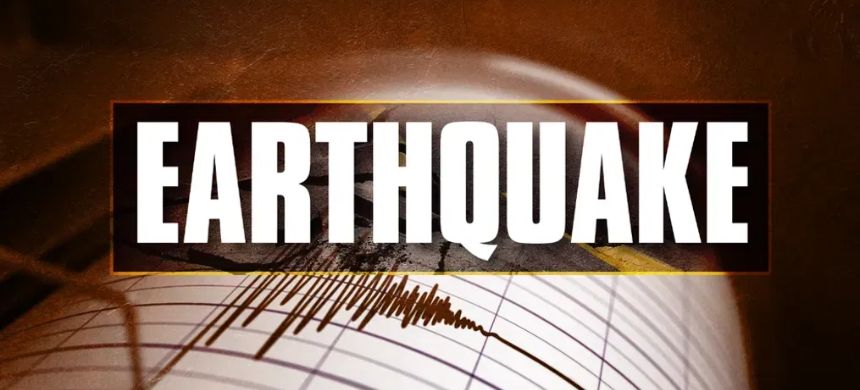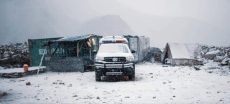Public concern is rising across Pakistan after a viral social media post claimed another earthquake could strike the region within a week. The warning came from an obscure group named Earthquake Quick News & Research Center (EQQN), suggesting tremors over magnitude 5 could affect areas in Pakistan and Afghanistan.
This alert follows recent quakes in Lahore and Islamabad, including one on April 12, which have sparked heightened public attention. EQQN claims to predict earthquakes up to 128 hours in advance — a bold statement gaining traction as the country reels from consecutive seismic shocks.
Read more: Massive Earthquake Shakes Khyber Pakhtunkhwa
However, experts from organizations like the United States Geological Survey (USGS) have firmly stated that earthquakes cannot be predicted with scientific precision. They emphasize that seismic activity is driven by complex natural forces beyond the reach of current forecasting technology. While early-warning systems can sometimes detect quakes moments after they begin, forecasting them ahead of time remains impossible.
Despite the scientific consensus, the recent tremors have increased public anxiety. In response, Punjab authorities have reviewed emergency measures and remain on high alert for possible aftershocks or further seismic activity.
Where will the next expected earthquake hit Pakistan?
Predicting the exact location and timing of future earthquakes is inherently uncertain. However, based on seismic hazard assessments and historical data, certain regions in Pakistan are more susceptible to significant seismic activity.
High-Risk Seismic Zones in Pakistan
1. Makran Subduction Zone (MSZ) – Balochistan Coast
• Risk: Potential for very large earthquakes, possibly exceeding magnitude 8.
• Details: The MSZ is a tectonic boundary where the Arabian Plate subducts beneath the Eurasian Plate. This zone has the potential to generate significant seismic events and tsunamis, as evidenced by the 1945 Balochistan earthquake (Mw 8.1) . 
2. Hazara-Kashmir Syntaxis (HKS) – Northern Pakistan
• Risk: High seismic activity with potential for destructive earthquakes.
• Details: This region encompasses several active faults, including the Main Mantle Thrust and Jhelum Fault. The devastating 2005 Muzaffarabad earthquake (Mw 7.6) originated here, highlighting the area’s vulnerability .  
3. Chaman Fault Zone – Western Balochistan
• Risk: Frequent moderate to strong earthquakes.
• Details: The Chaman Fault is a major strike-slip fault accommodating the relative motion between the Indian and Eurasian plates. Its activity poses significant risk to nearby populations. 
4. Quetta Region – Balochistan
• Risk: High seismic hazard due to shallow earthquakes.
• Details: Quetta lies in a seismically active zone with a history of destructive earthquakes, including the 1935 event that caused extensive damage .  
5. Islamabad and Northern Punjab
• Risk: Moderate to high seismic hazard.
• Details: The region is influenced by the Main Boundary Thrust and other active faults, making it susceptible to seismic events . 
Preparedness Measures
Given the seismic risks, it’s crucial for residents and authorities in these regions to:
• Implement Earthquake-Resistant Construction: Adhering to building codes designed for seismic resistance can significantly reduce damage.
• Enhance Public Awareness: Educational programs on earthquake preparedness can help communities respond effectively during emergencies.
• Develop Emergency Response Plans: Establishing clear protocols for evacuation, communication, and medical response is vital. 
• Conduct Regular Drills: Simulated earthquake response exercises can improve readiness and coordination among emergency services.











